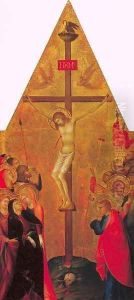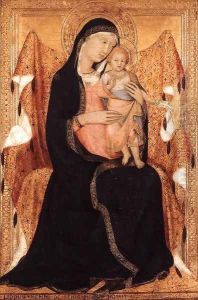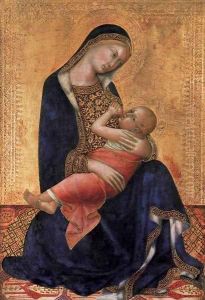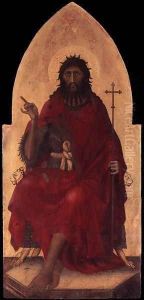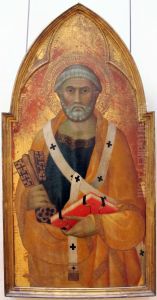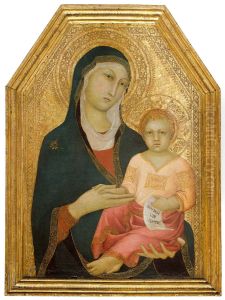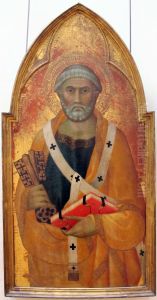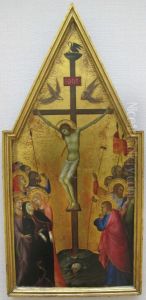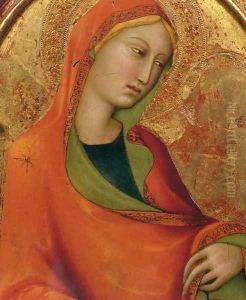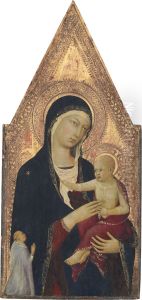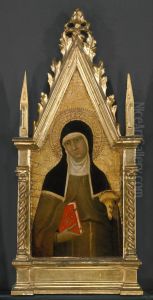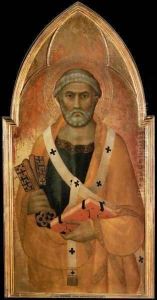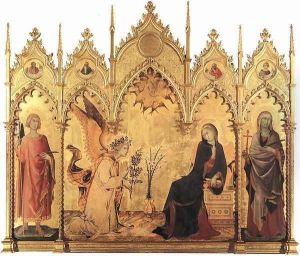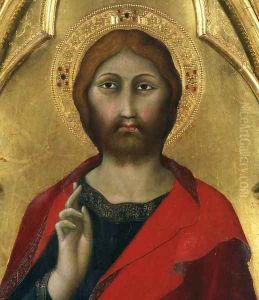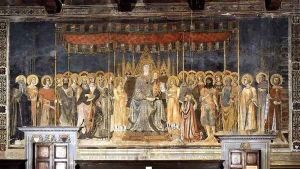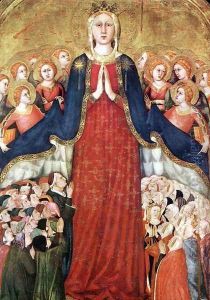Lippo Memmi Paintings
Lippo Memmi, an Italian painter of the early Renaissance, was born around 1291 in the city of Siena, in what is now Tuscany, Italy. He was a prominent figure in the Sienese School of painting, a style characterized by its emphasis on decorative details, vivid colors, and elegant figures, which stood in contrast to the more naturalistic Florentine style of the same period. Lippo was closely associated with his brother-in-law, Simone Martini, one of the most celebrated painters of their time. It is believed that Lippo worked alongside Simone on several important commissions, and their styles were so similar that art historians have sometimes had difficulty distinguishing between their works.
Lippo Memmi's career is noted for its contributions to both secular and religious art. He is best known for his altarpieces and frescoes, which were highly regarded for their beauty and devotional impact. One of his most famous works is the 'Maestà' located in the Town Hall of San Gimignano, a monumental representation of the Virgin Mary enthroned, surrounded by angels and saints, which showcases the elegance and intricate detail characteristic of the Sienese School.
Throughout his life, Memmi's work was celebrated for its intricate detail, use of color, and the emotional depth he brought to religious subjects. His paintings reflect the spiritual and civic pride of Siena during the 14th century, a time when the city was a major center of art and culture in Italy. Despite the challenges of the time, including the Black Death and political turmoil, Lippo Memmi's art continued to flourish, leaving a lasting legacy in the history of Italian Renaissance art.
Lippo Memmi passed away in 1356, in Siena. His work had a significant influence on the development of Sienese painting, and his legacy was carried on by his followers and the next generations of artists in the region. Today, Memmi's paintings can be found in museums and collections around the world, where they continue to be admired for their beauty and historical importance.
